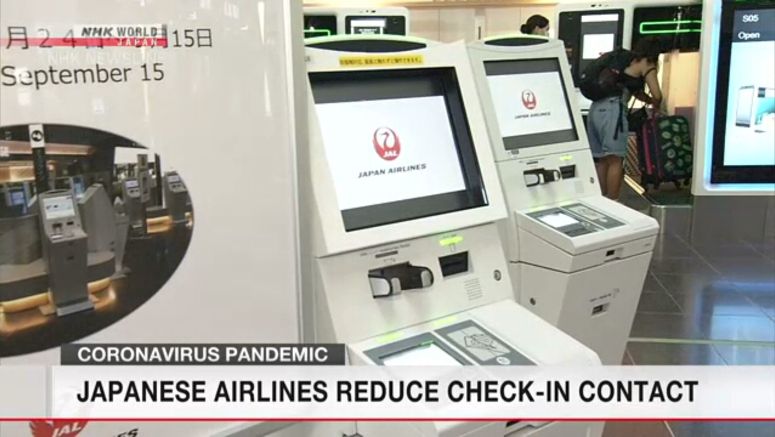Japanese Airlines To Use Cabin Space For Cargo
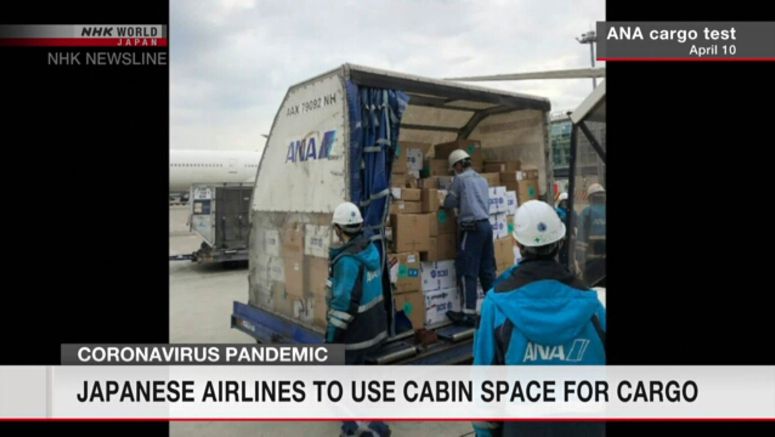
Two major airline companies in Japan say they will use the cabin area of their passenger planes to transport medical supplies from overseas amid the coronavirus pandemic.
The drop in the number of travelers because of the virus has forced Japan Airlines and All Nippon Airways to cancel 90 percent of their international flights.
- Published in News
- Read more...
Japanese Airlines Mull Cutting More Intl. Flights
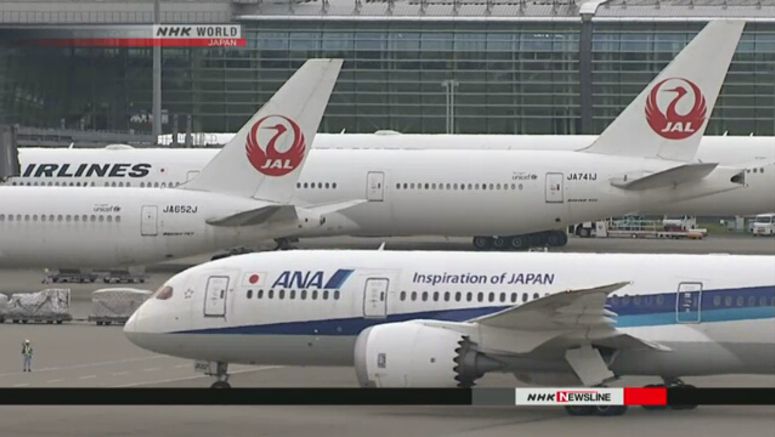
Major airlines in Japan say they will consider suspending or cutting more international flights as the foreign ministry raised its travel alert for the entire world on Wednesday, urging Japanese people to refrain from non-essential overseas trips.
Japanese airlines have already suspended or reduced flights on a wide range of international routes, including China, South Korea, Europe and the United States, amid the coronavirus outbreak.
- Published in News
- Read more...
Japanese Airlines Consider Flight Suspensions
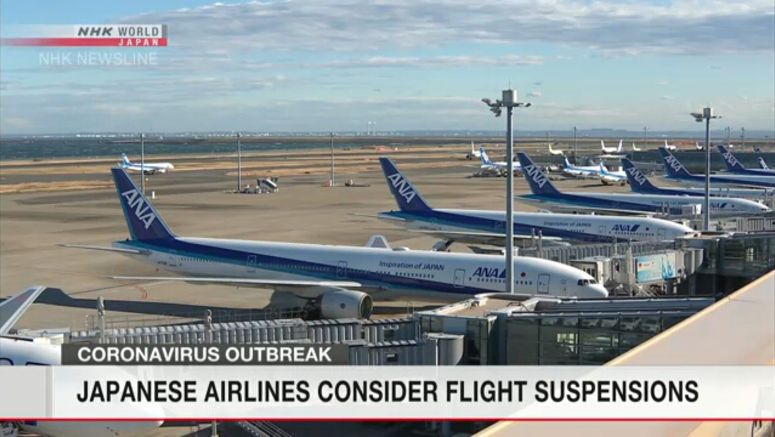
Japanese airlines are seeing a sharp decline in the number of passengers going to and coming from China since the coronavirus outbreak. They are considering suspending some flights for both business and health-safety reasons.
All Nippon Airways operates over 20 round trips a day between Japan and China. So far, only the Wuhan service has been suspended. ANA officials say they are keeping a close watch on the situation.
- Published in News
- Read more...
Decade Since Japan Airlines' Bankruptcy
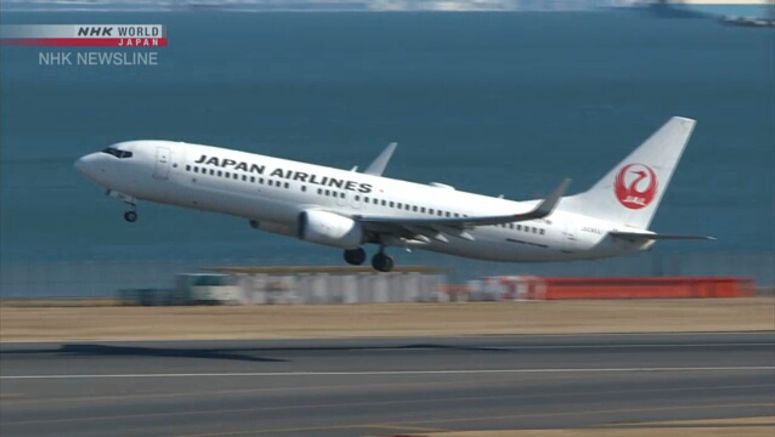
Sunday marks ten years since Japan Airlines went bankrupt. The carrier has succeeded in rebuilding its business but now faces new challenges, including the expansion of flight routes and global warming.
The company failed on January 19, 2010. The government bailed out JAL to the tune of about 3 billion dollars. JAL laid off 16,000 workers as part of its restructuring plan. That was one-third of its workforce.
- Published in News
- Read more...
